Bryce Canyon National Park, located in southern Utah, is famous for its unique geological formations called hoodoos—tall, thin spires of rock that rise dramatically from the desert floor.
The park is a popular destination for hiking, stargazing, and photography, offering some of the most spectacular landscapes in the American Southwest.
Bryce Canyon is also known for its high elevation, cooler temperatures, and clear skies, making it a year-round destination.


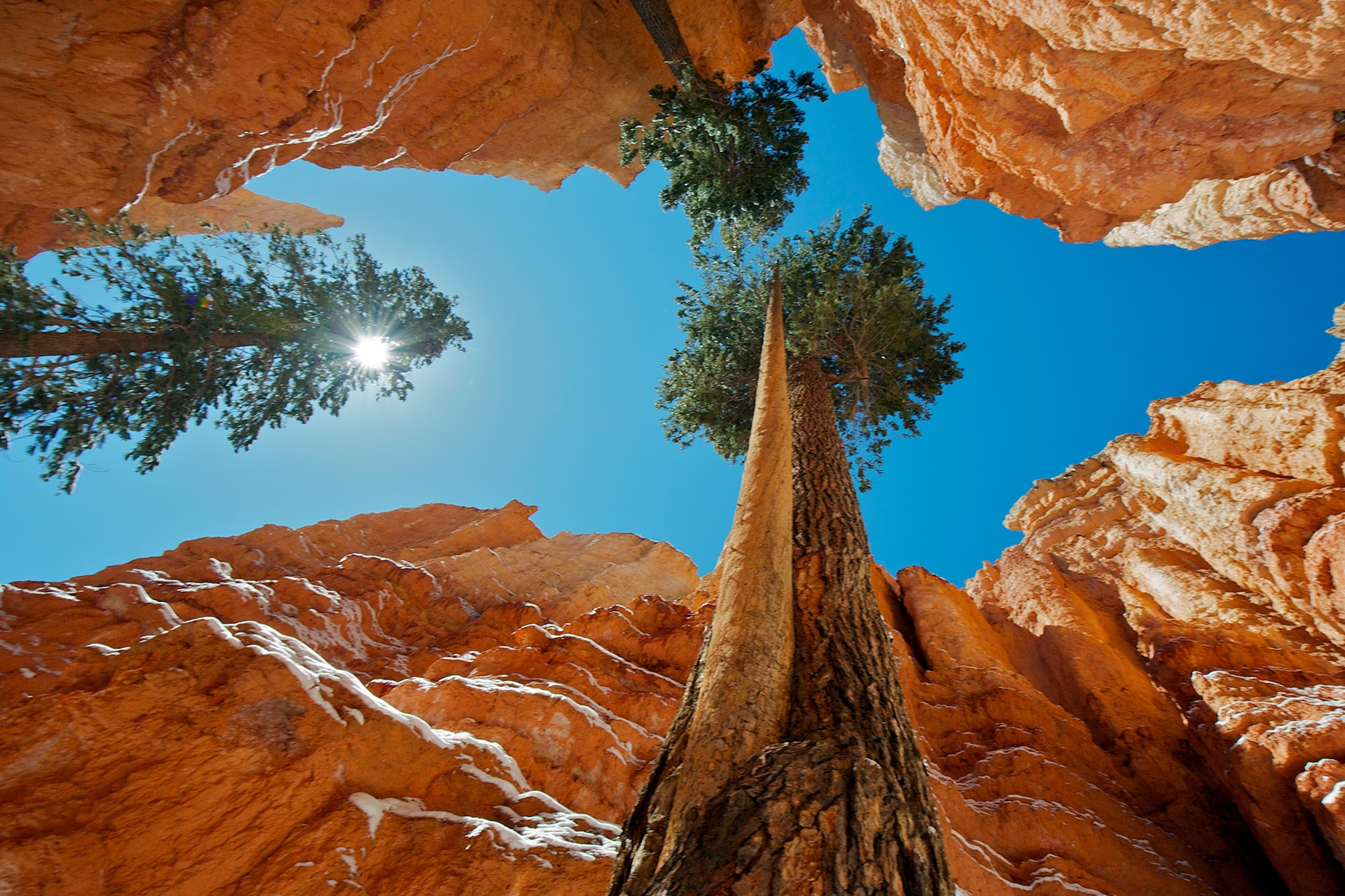






Bryce Canyon National Park Travel Guide
How to Get There
Bryce Canyon National Park is easily accessible by car. It is about 4 hours from Salt Lake City, Utah, and 1.5 hours from Zion National Park, making it a perfect addition to a Southern Utah road trip.
- By Car: Take Highway 12 if coming from Zion or Salt Lake City, or approach via Highway 89 from the east.
- By Air: The closest airports are in Cedar City (1.5 hours away) or Las Vegas (4 hours away). Renting a car is essential for reaching the park from the airport.
Best Time to Visit
- Spring (April-May): Mild weather with blooming wildflowers and fewer crowds.
- Summer (June-August): Warm temperatures but can be crowded. Early mornings or late afternoons are ideal for hiking.
- Fall (September-October): Cooler weather, vibrant fall colors, and fewer visitors.
- Winter (November-March): Snow transforms the park into a winter wonderland, perfect for snowshoeing and cross-country skiing.
Top Attractions
- Bryce Amphitheater: The park’s main draw, featuring the largest concentration of hoodoos. Sunrise Point, Sunset Point, and Inspiration Point offer breathtaking views, especially during sunrise and sunset.
- Rim Trail: A relatively easy hike along the rim of Bryce Amphitheater, offering panoramic views of the hoodoos.
- Navajo Loop Trail: One of the most popular hikes, this 1.3-mile loop takes you down into the canyon, passing through Wall Street, a narrow slot canyon flanked by towering hoodoos.
- Queens Garden Trail: A 1.8-mile round-trip trail that descends into the Bryce Amphitheater, named for a rock formation resembling Queen Victoria.
- Rainbow Point: The highest point in the park, offering expansive views of the entire park. The drive to Rainbow Point also takes you through several scenic stops.
Outdoor Activities
- Hiking: There are over 15 trails ranging from easy walks to strenuous backcountry hikes. For a moderate challenge, combine the Navajo Loop with Queens Garden Trail.
- Stargazing: Bryce Canyon is one of the best stargazing spots in the United States due to its high elevation and lack of light pollution.
- Horseback Riding: Guided horseback tours are available during the summer months and offer a unique way to explore the park.
- Winter Sports: In winter, you can enjoy snowshoeing or cross-country skiing along some of the park’s trails.
Where to Stay
- Bryce Canyon Lodge: The only hotel located within the park, offering cabins and rooms just steps away from the Bryce Amphitheater.
- Camping: There are two campgrounds, North Campground and Sunset Campground. Both offer tent and RV sites, though reservations are recommended during the busy season.
- Nearby Hotels: Several hotels are located just outside the park entrance in Bryce Canyon City, including Best Western Plus Bryce Canyon Grand Hotel and Ruby’s Inn.
Where to Eat
- Bryce Canyon Lodge Restaurant: Serves breakfast, lunch, and dinner with a focus on local ingredients. Make reservations ahead of time during peak season.
- Ruby’s Inn Cowboy’s Buffet & Steak Room: Offers a range of hearty Western fare, including steaks and all-you-can-eat buffets.
- The Pines Restaurant: A family-friendly restaurant located a few miles from the park that serves classic American comfort food.
Tips for Visitors
- Start Early: To beat the crowds and catch the best light for photography, start your hikes early in the morning.
- Layer Up: Even in summer, temperatures can drop significantly at higher elevations, so bring layers.
- Bring Water: Dehydration can be a problem at high altitudes. Always carry plenty of water, especially if hiking.
- Sun Protection: Bryce Canyon’s high elevation means stronger UV rays, so don’t forget sunscreen, sunglasses, and a wide-brimmed hat.
- Leave No Trace: Respect the park’s fragile environment by staying on designated trails and not disturbing wildlife or plant life.
Conclusion
Bryce Canyon National Park offers an unforgettable experience with its otherworldly landscape, making it a must-visit destination for nature lovers and adventurers. Whether you’re interested in hiking, stargazing, or simply soaking in the stunning views, Bryce Canyon provides a magical experience in every season.

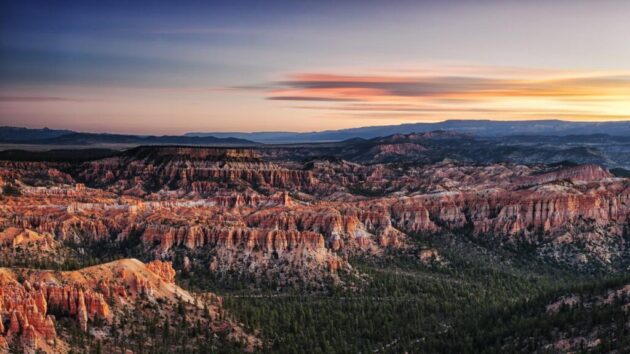









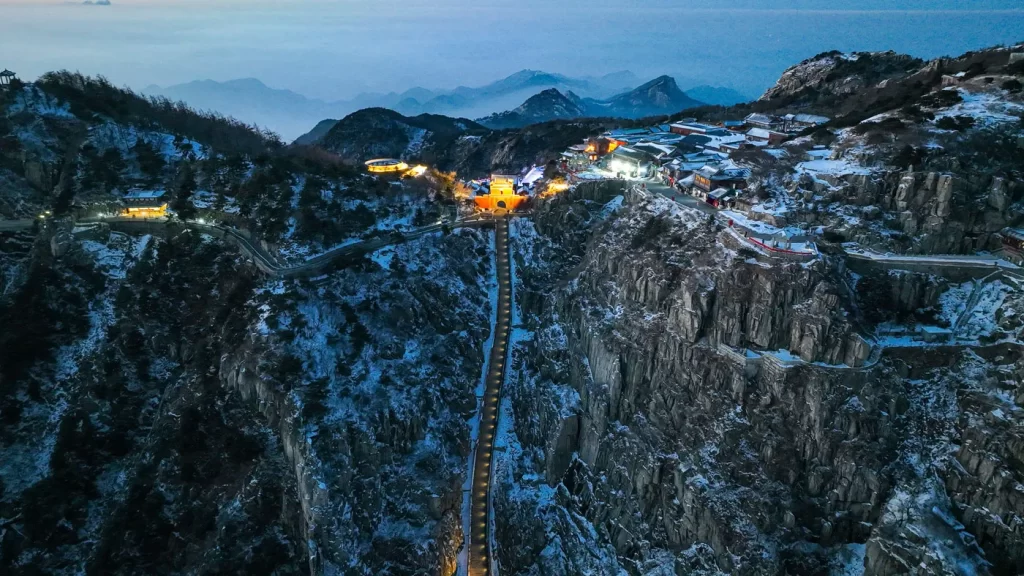
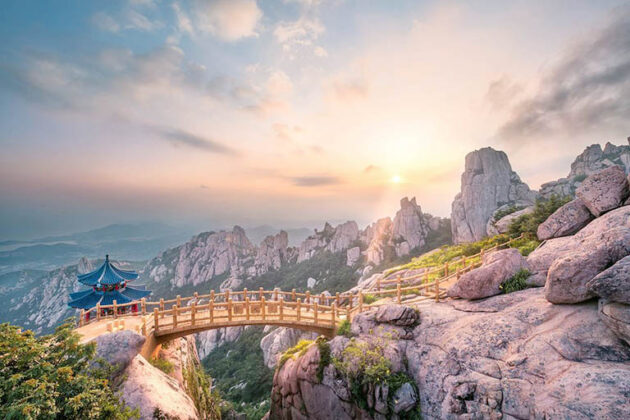
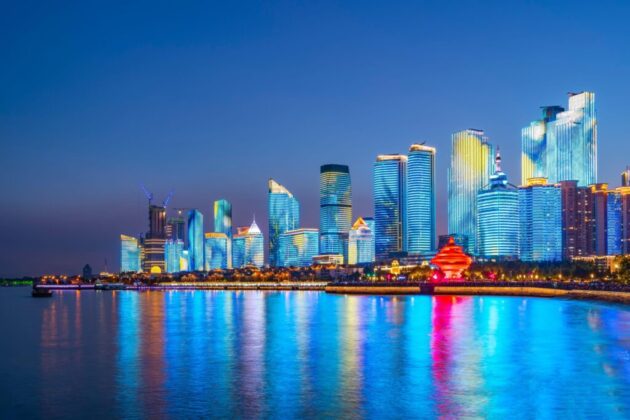
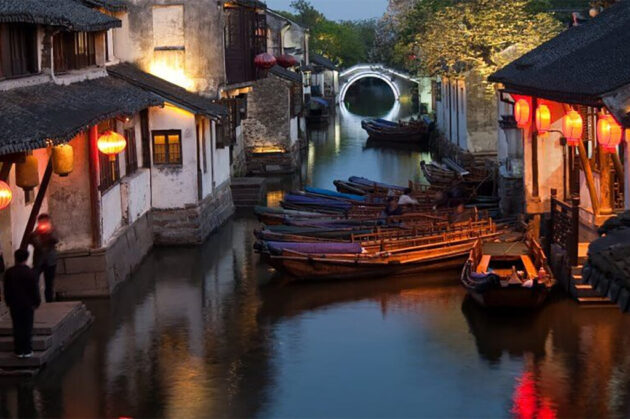
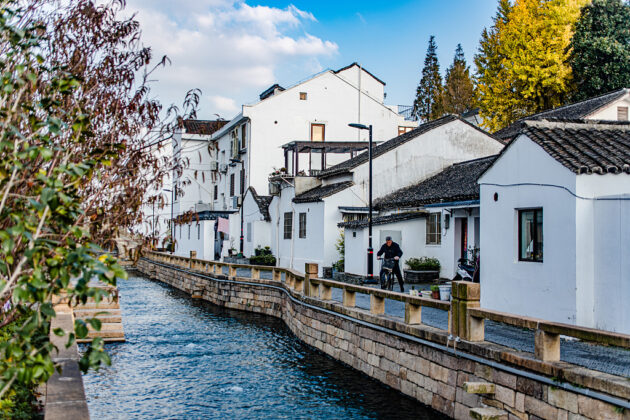
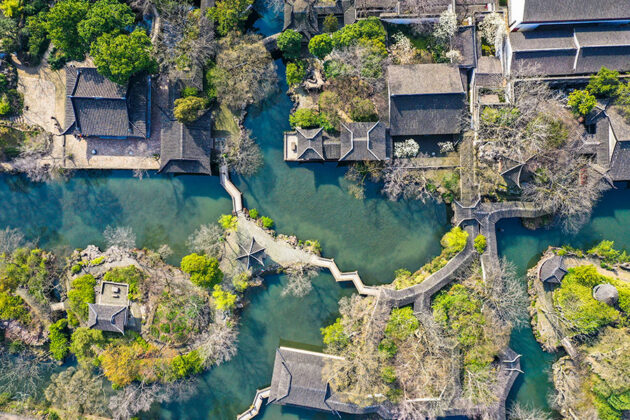
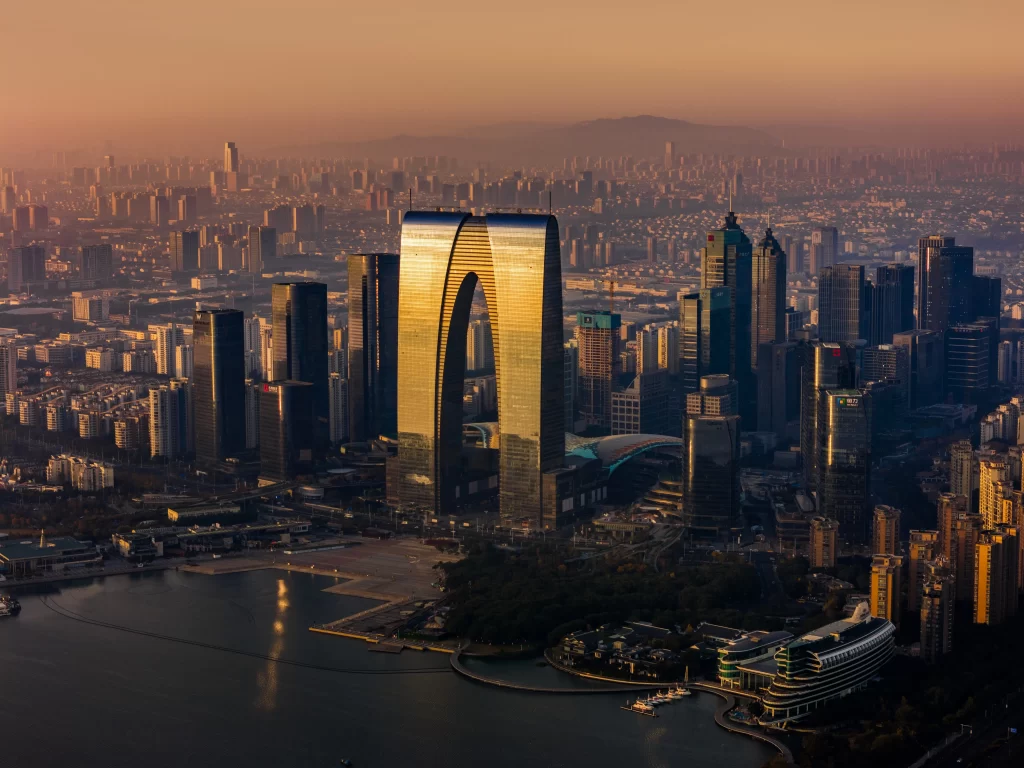
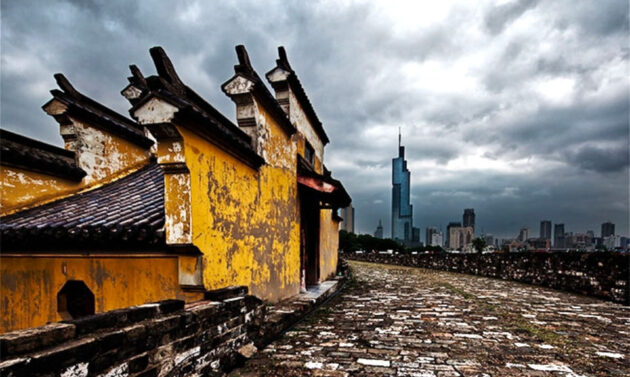
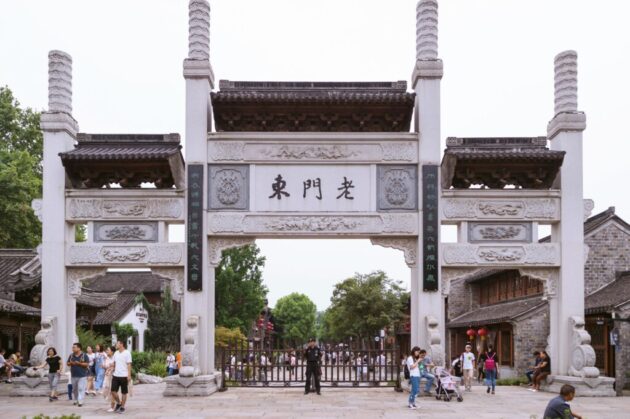
Leave a Reply